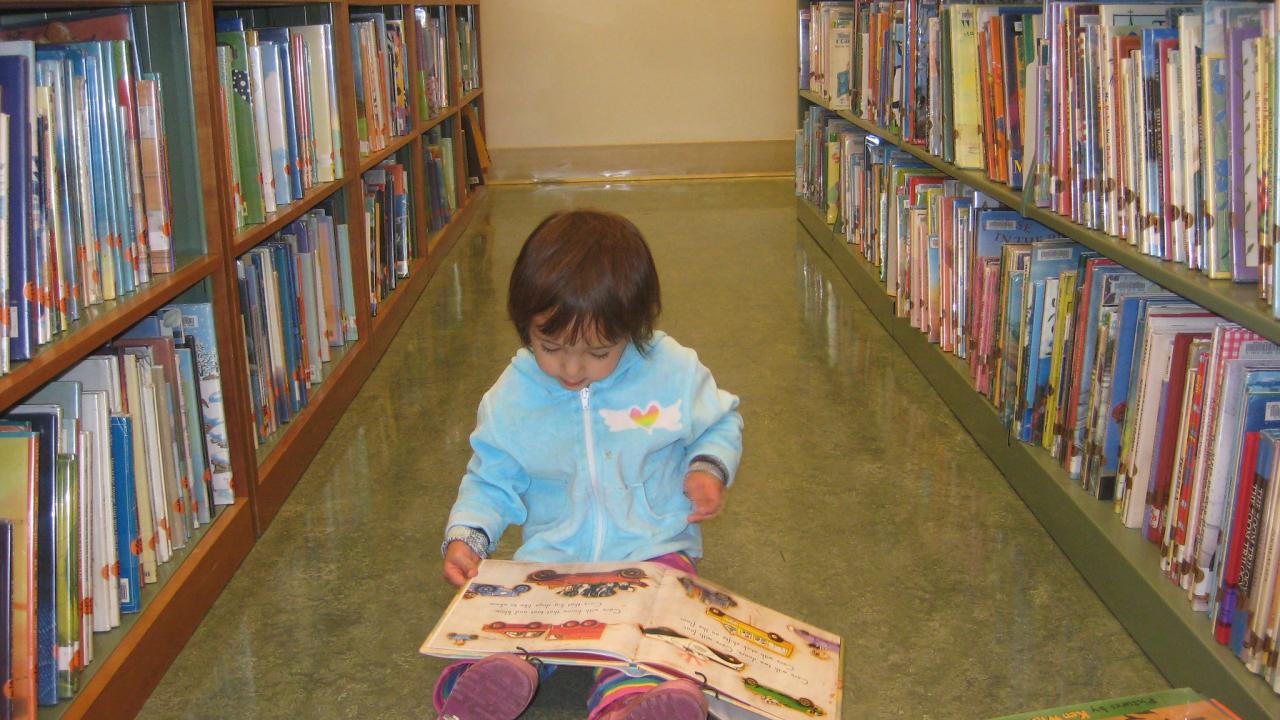
Your K-5 Reading List
Multiple studies have documented the benefits of picture books for young children. Researchers have determined that when adults read picture books, it promotes children’s “language comprehension and literacy,” according to Rutgers’ University’s Vanessa LoBue. The more adults read to them, the more familiar children are with words that aren’t commonly spoken in everyday conversation. The pictures and drawings in these books help children develop their ability to follow a story and understand content. And when compared to what children often see online or on TV, picture books offer children a slower experience – one that allows their developing brains to understand at their own pace.
Stacey Greer, Director of the History Project at UC Davis, agrees, and sees even more benefits as a longtime history educator. “These short books can be great opportunities for parents to share historical time periods, figures, and diverse perspectives with their children,” she argues. “An added bonus,” she noted, “… is that picture books allow children to consider abstract and unfamiliar topics without requiring much background knowledge on the part of the parents.” And, she continued, “if children have questions about the content that parents cannot answer, it provides an opportunity for some shared research to find those answers.”
Given both the benefits to student literacy and historical understanding, Greer and her colleagues, Kate Bowen and Katharine Cortes, have adapted a tool that Bowen and Cortes developed for teachers as a resource for parents of young children during the COVID-19 pandemic. As Bowen explained, “The K-5 Picture Book Recommendation List was originally designed to support elementary teachers.” The List can also help parents, especially those trying to homeschool their young children. “Parents can introduce and discuss a topic with their children using picture books read aloud,” Bowen noted. “The List includes a wide variety of titles, including those that address racial, family, and religious diversity, perspective, LGBTQ, disabilities, women, environment, economy, and civic participation.” And the team isn’t done recommending books for parents. As Bowen explained, “The K-5 Picture Book Recommendation List is fluid, with new titles being added on a regular basis and by no means should be considered complete in any way.”
To find books for your children and / or students, bookmark The K-5 Picture Book Recommendation List in your browser.
To find more resources for parents during the pandemic, visit the CHSSP Homeschool page, and the UC Davis History Project's Resources page.
